Geraldine Ferraro, 1935–2011
The feisty Democrat who blazed a trail for women
Geraldine Ferraro had planned a career in law, not politics. For a woman of her generation, a legal career was challenge enough—when she attended Fordham Law School in the late 1950s, as one of only two women in a class of 179, professors openly resented her for, they said, “taking a man’s rightful place.” She married real estate developer John Zaccaro two days after taking the bar exam in 1961, but he didn’t want his wife to work, so for the next 13 years she contented herself with doing legal work for her husband’s firm and the occasional pro bono assignment. She finally went to work full time in 1974 as an assistant district attorney in Queens County, New York, prosecuting child abuse, rape, and domestic violence. When she learned she was earning less than the male attorneys in her office, she noisily resigned and decided to run for office. In 1978, she was first elected to the U.S. Congress, representing a blue-collar district in the New York City borough of Queens.
Born in Newburgh, N.Y., Ferraro was named for her brother, Gerard, who had died two years before her birth, said the Los Angeles Times. But her mother, Antonetta, made it clear that Geraldine was no mere stand-in for her late brother. “Gerry is special,” her mother would say, “because she is a girl.” Her childhood was a pampered idyll, she recalled in her 1985 autobiography, Ferraro: My Story, until the death of her father, Dominick, when she was 8. Only decades later did she learn that he had been arrested for running a numbers racket and died of an apparent heart attack on the way to court.
Her father’s death was “a dividing line that runs through my life,” Ferraro wrote. The family moved to New York City’s South Bronx, said The New York Times, where Antonetta scrimped to send her daughter to a Catholic boarding school. Geraldine’s “outstanding grades” earned her a scholarship to Marymount College in Tarrytown, N.Y., and she soon transferred to its Manhattan campus so that she could commute from her mother’s new home in Queens.
The Week
Escape your echo chamber. Get the facts behind the news, plus analysis from multiple perspectives.

Sign up for The Week's Free Newsletters
From our morning news briefing to a weekly Good News Newsletter, get the best of The Week delivered directly to your inbox.
From our morning news briefing to a weekly Good News Newsletter, get the best of The Week delivered directly to your inbox.
Ferraro’s work as an assistant prosecutor was harrowing, she said, turning her from “a small-c conservative to a liberal.” She became a fierce champion of abortion rights, said The Washington Post, a stance that landed her in hot water during the 1984 presidential race, when she became the first woman to run for vice president (alongside Minnesota’s Walter Mondale) on the ticket of a major party. She tangled publicly with New York’s Catholic Archbishop John O’Connor on the issue and scolded Vice President George H.W. Bush when, in her view, he patronized her during a debate. Her campaign was dogged by allegations of her husband’s financial impropriety. Come November, the Mondale-Ferraro ticket won only Mondale’s home state of Minnesota as Ronald Reagan romped to re-election by a landslide.
Ferraro continued to generate controversy after the 1984 election. She was criticized for making a Diet Pepsi ad in 1985, and as a supporter of Hillary Clinton during the 2008 presidential campaign, Ferraro ignited a firestorm when she said that if nominee Barack Obama were “a white man, he would not be in this position.” She refused to apologize for the remark. After her death, President Obama said, “Sasha and Malia will grow up in a more equal America because of the life Geraldine Ferraro chose to live.”
A free daily email with the biggest news stories of the day – and the best features from TheWeek.com
-
 Zootropolis 2: a ‘perky and amusing’ movie
Zootropolis 2: a ‘perky and amusing’ movieThe Week Recommends The talking animals return in a family-friendly sequel
-
 The twists and turns in the fight against HIV
The twists and turns in the fight against HIVThe Explainer Scientific advances offer hopes of a cure but ‘devastating’ foreign aid cuts leave countries battling Aids without funds
-
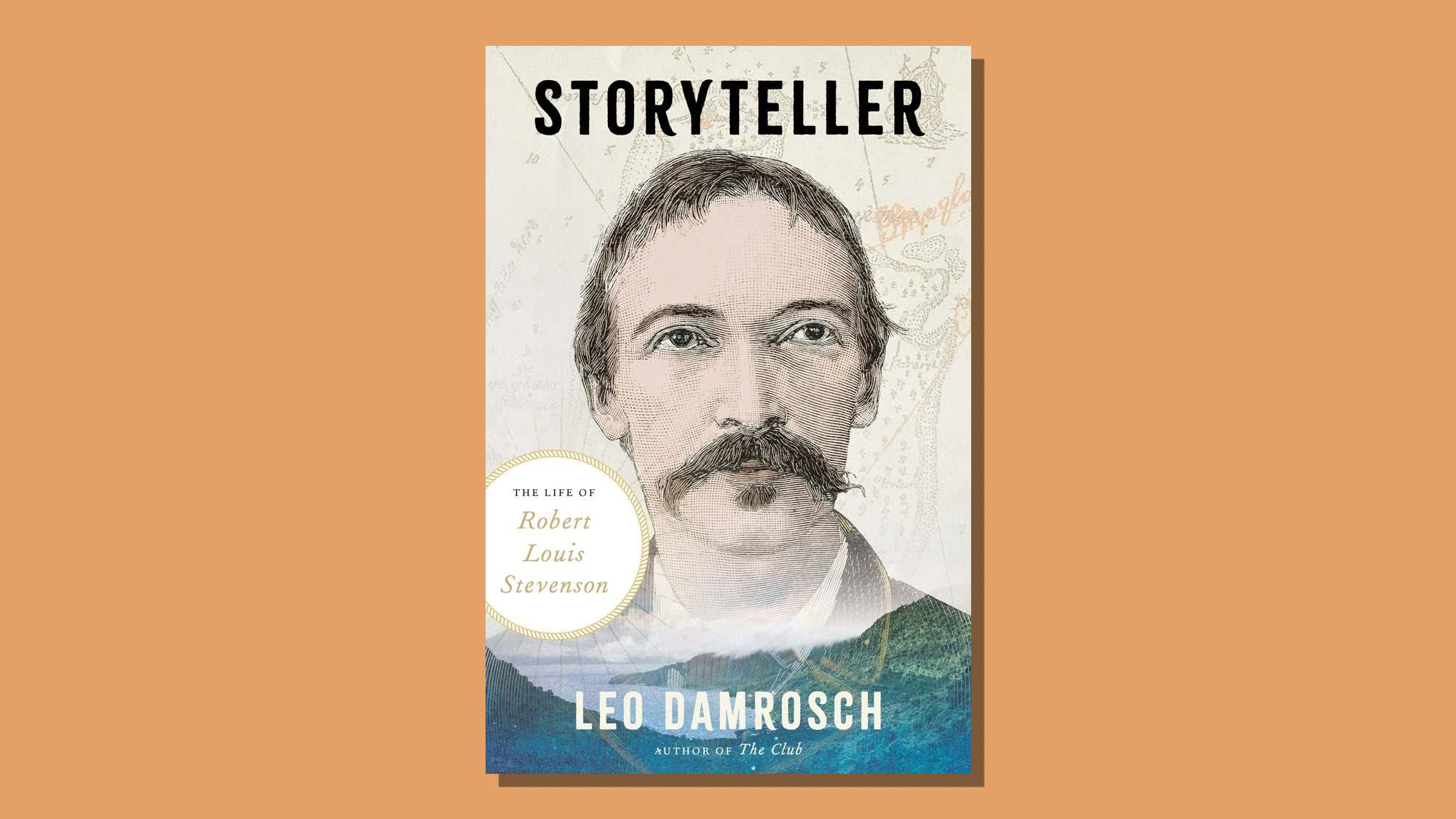 Storyteller: a ‘fitting tribute’ to Robert Louis Stevenson
Storyteller: a ‘fitting tribute’ to Robert Louis StevensonThe Week Recommends Leo Damrosch’s ‘valuable’ biography of the man behind Treasure Island
-
 R&B singer D’Angelo
R&B singer D’AngeloFeature A reclusive visionary who transformed the genre
-
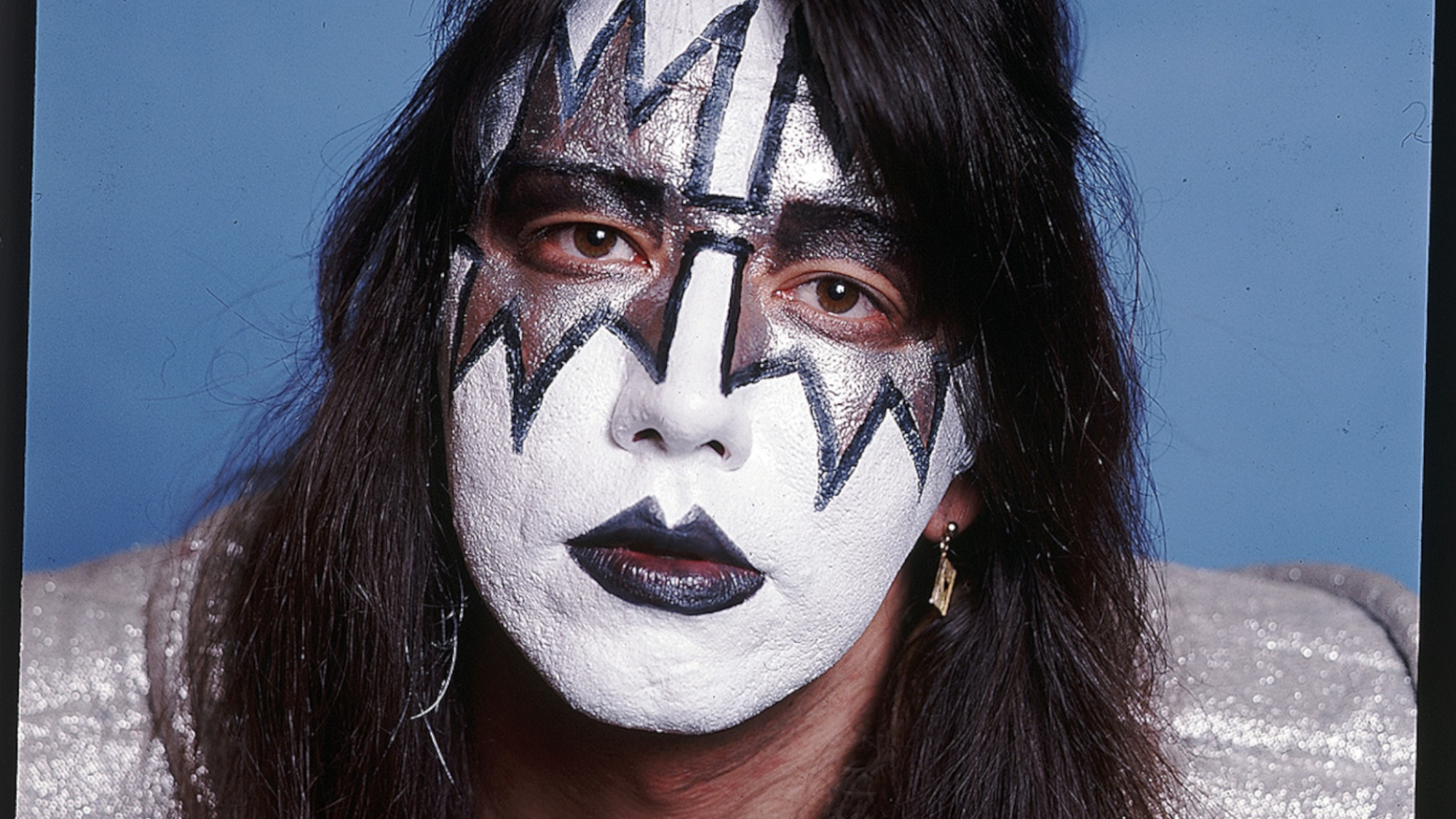 Kiss guitarist Ace Frehley
Kiss guitarist Ace FrehleyFeature The rocker who shot fireworks from his guitar
-
 Robert Redford: the Hollywood icon who founded the Sundance Film Festival
Robert Redford: the Hollywood icon who founded the Sundance Film FestivalFeature Redford’s most lasting influence may have been as the man who ‘invigorated American independent cinema’ through Sundance
-
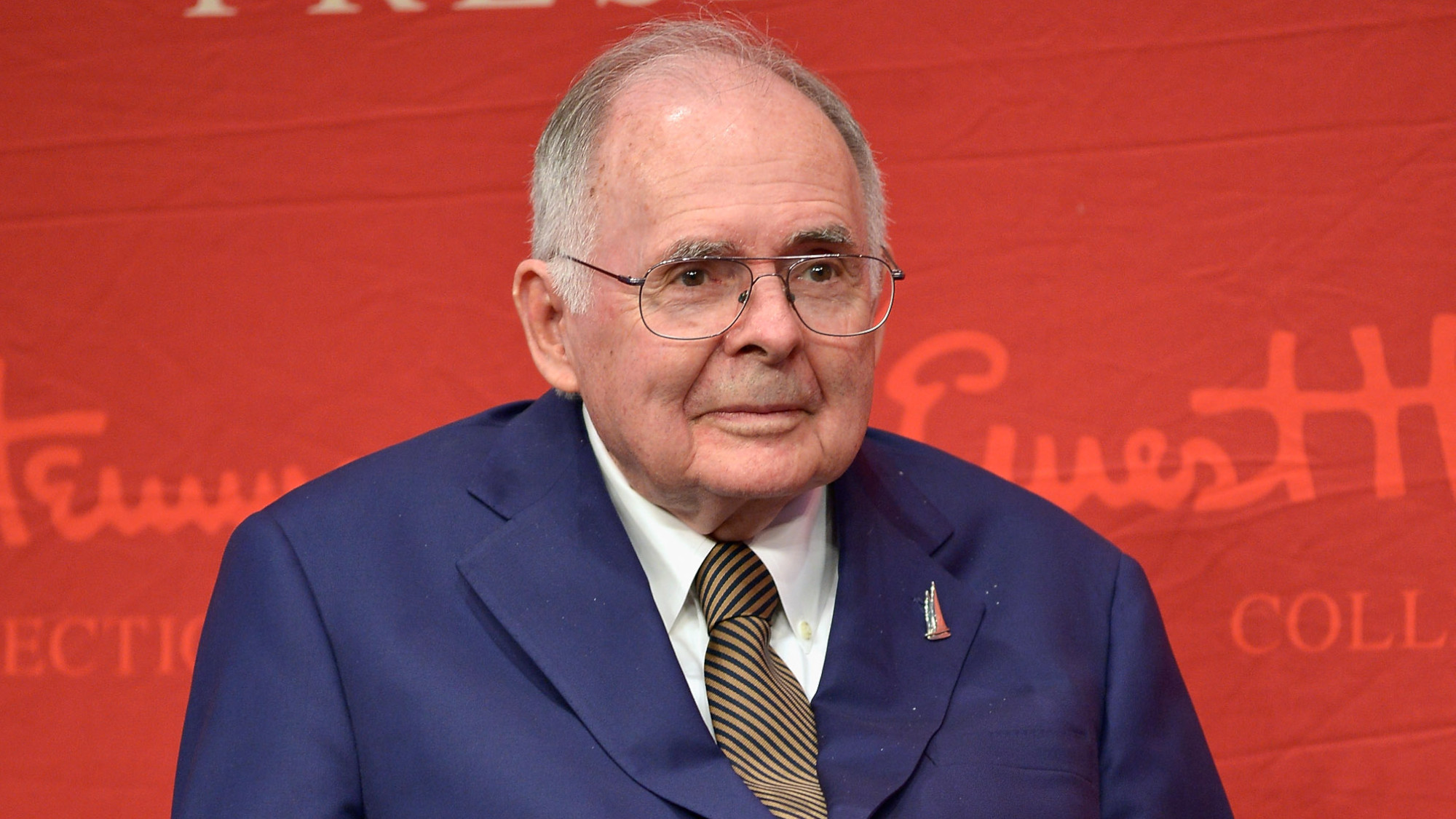 Patrick Hemingway: The Hemingway son who tended to his father’s legacy
Patrick Hemingway: The Hemingway son who tended to his father’s legacyFeature He was comfortable in the shadow of his famous father, Ernest Hemingway
-
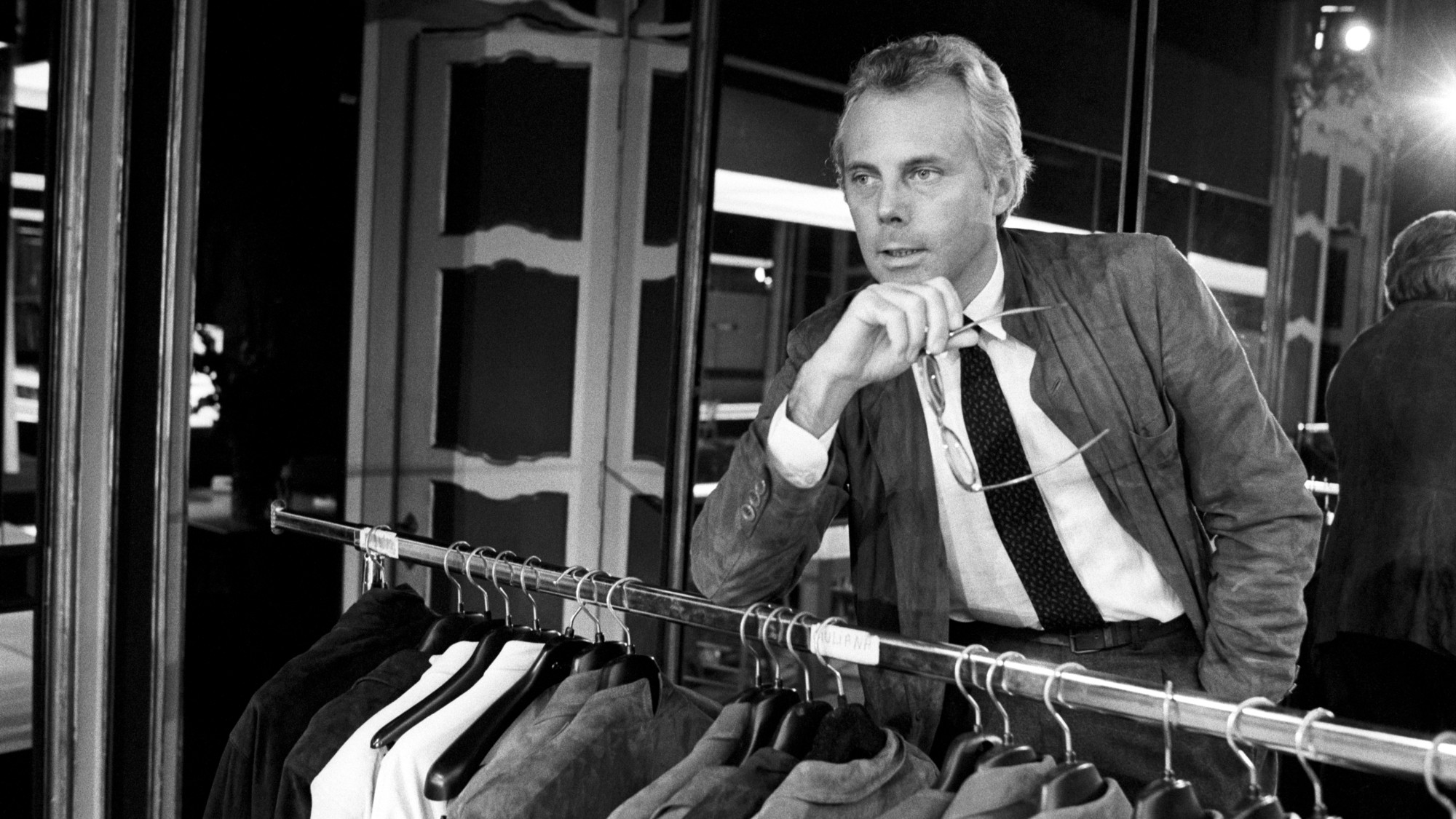 Giorgio Armani obituary: designer revolutionised the business of fashion
Giorgio Armani obituary: designer revolutionised the business of fashionIn the Spotlight ‘King Giorgio’ came from humble beginnings to become a titan of the fashion industry and redefine 20th-century clothing
-
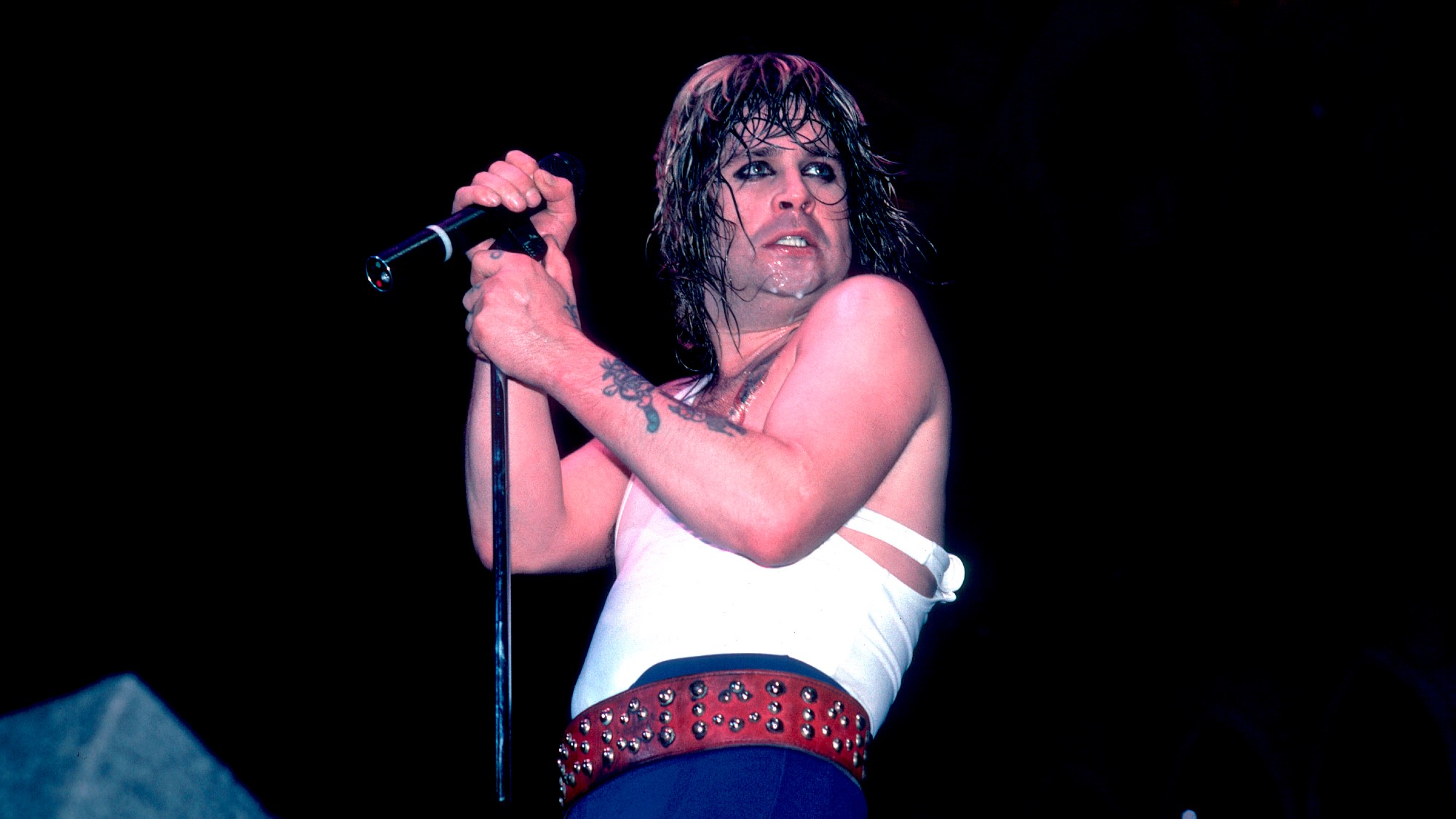 Ozzy Osbourne obituary: heavy metal wildman and lovable reality TV dad
Ozzy Osbourne obituary: heavy metal wildman and lovable reality TV dadIn the Spotlight For Osbourne, metal was 'not the music of hell but rather the music of Earth, not a fantasy but a survival guide'
-
 Brian Wilson: the troubled genius who powered the Beach Boys
Brian Wilson: the troubled genius who powered the Beach BoysFeature The musical giant passed away at 82
-
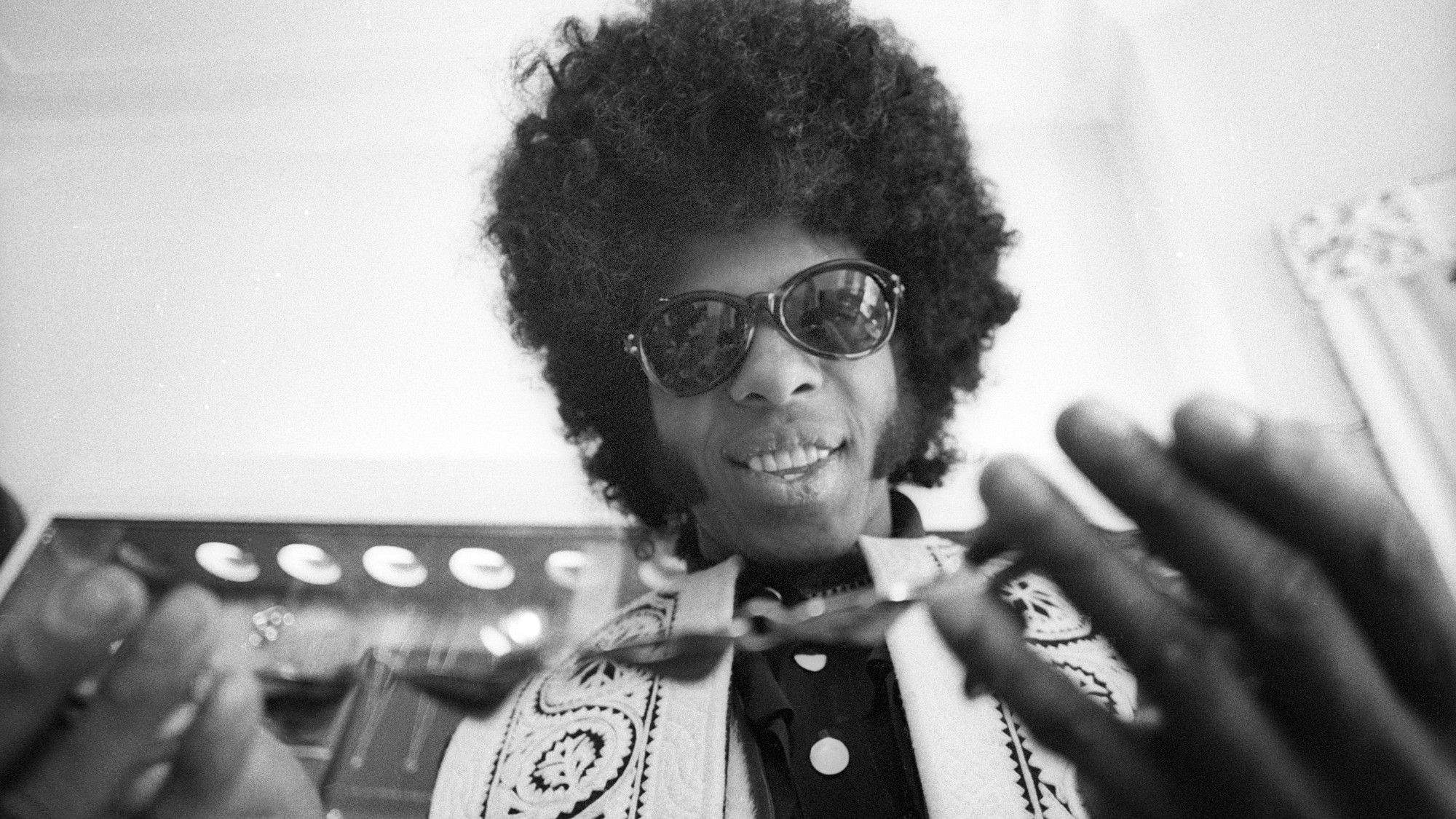 Sly Stone: The funk-rock visionary who became an addict and recluse
Sly Stone: The funk-rock visionary who became an addict and recluseFeature Stone, an eccentric whose songs of uplift were tempered by darker themes of struggle and disillusionment, had a fall as steep as his rise